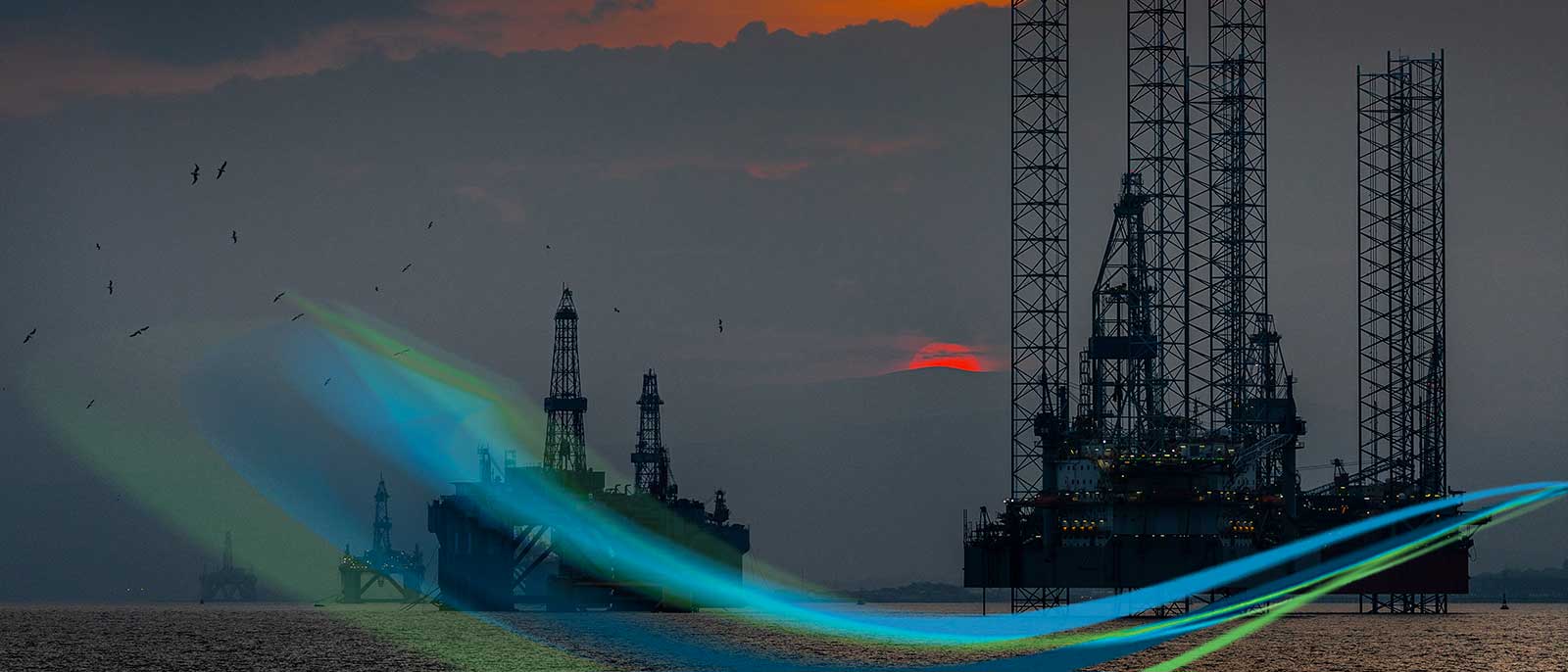Ports across the world are highly reliant on fossil fuels so decarbonising them will require significant planning and investment. But the process to make our ports more sustainable is becoming clearer.
Identifying causes of pollution
Cargo ships, cruise ships, trains, cranes, fuelling systems, tugs and port vehicles are all contributors to the total emissions that are produced by the average UK port. As I type this there are currently three large car transporters, two cruise ships and two container ships docked, a couple of tugs milling about and the Isle of Wight ferry making its out-bound journey. Even the vessels moored still need power and this is why their engines will be running.
As you can see there are a multitude of industries operating simultaneously, each with their own requirements and decarbonisation goals.
New energy sources
The default fuel for most cargo and cruise ships is heavy fuel oil (HFO) and a Panamax ship, the largest type of ship that can pass through the Panama Canal, will use about 63,000 gallons of fuel a day while in motion.
Switching to less polluting fuels is the obvious solution and this has definitely started with some cruise ships already being fuelled by liquid natural gas (LNG) which is one of the cleanest-burning fossil fuel, releasing significantly reduced amounts of CO2, NOX and SO2 emissions into the atmosphere, and producing virtually no particulates or ash.
The use of LNG for cruise ships also offers advantages over other fuels, less wear & tear on the engine as well as a lower cost. Engines that have been designed specifically for LNG fuel do not require a scrubber system to be installed or pay higher prices for low sulphur-based fuels.
However, LNG requires a specific engine design, LNG cannot be used in an existing engines and ships need to be designed with a specific engine that will enable it to hold LNG and burn it correctly. What's more the ship will require nearly twice as much bunker space to store the fuel due to the lower fuel density.
Alternatives to LNG could be hydrogen or ammonia powered engines, particularly the latter as it has a higher liquefaction temperature and energy density, as well as being easier and safer to store compared to hydrogen.
Electrification of the maritime industry
Most people's immediate solution to reducing carbon emissions is to electrify everything and it’s certainly a major element of the decarbonisation economy.
The majority of ships are direct drive from the internal combustion engine to the propellers, but many modern ships are electrically powered, where ICE engines are used to generate electricity that turns the ships propellers. If this is the case then electrifying the docks in order to power vessels that are alongside, especially for cruise ships that are essentially just floating hotels.
Electrification doesn't have to stop there, by powering vehicles, machinery, and other port elements exclusively with electricity then it's estimated that there could be a 20% reduction in harmful emissions from this alone.
There also needs to be a sustainable energy model powering any new sustainable transportation model. Regions which experience stronger wind speeds will benefit immensely from investing in offshore turbines which will help reduce the load on fossil fuel burning energy sources.
New maritime regulations
Any new regulations will already be worked on, and it is up to the industry as a whole whether to embrace and get ahead of any new targets or have them imposed on the industry where they refuse to take more dynamic action.
The Association of British Ports has already announced their Ready For Tomorrow initiative which outlines how they plan to invest in their facilities, their aim is to get to Net Zero by 2040.
The journey has already begun
There is no turning back, countries and organisations are already taking large steps to make the process of moving people and goods around the world more efficient with less pollution emitted.
Supreme Freight works closely with many of the same people and can take advantage of new technologies and policies to move your shipment across the world. Get in contact with us to find out how we can work for your business.
